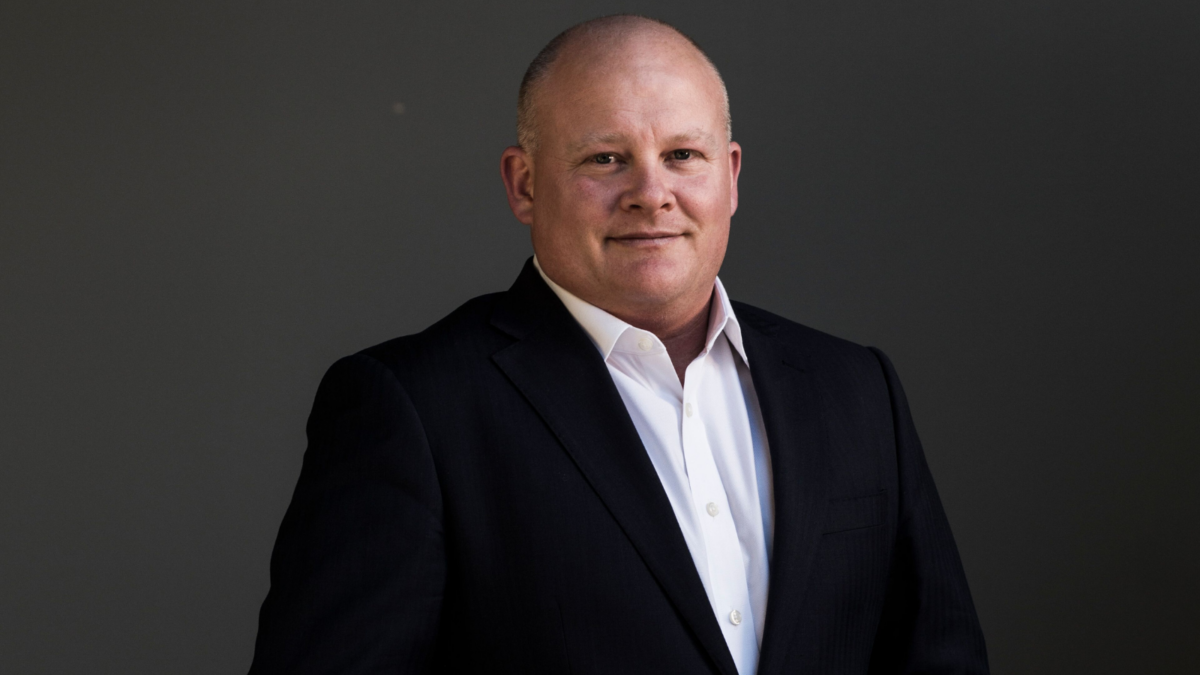Sokulsky prepares new hedge fund for launch
“When you look at where we were six months ago, asset prices were at close to record highs, the Fed and the RBA and the Bank of England were going to have to hike, volatility was low and credit spreads were tight,” says David Sokulsky, managing director and CIO of Carrara Capital. “You sit there and know that markets can really only go one way… The world in the last six to nine months has changed incredibly, from an investment perspective.”
Sokulsky and team are now in the process of launching a new global multi-strategy hedge fund that will invest across a range of global markets and attempt to replicate the successes of international managers like Millennium and Balyasny. Sokulsky’s LIC, the Concentrated Leaders Fund, was previously taken over by Geoff Wilson’s WAM Capital – a bruising experience, though one that ultimately gave him the opportunity to work on the new hedge fund. It’s auspicious timing for the launch, slated for October 1, with markets way off their highs and a tacit acknowledgement from investors that the future will be more chaotic than the past.
“Now you’ve got some directionality and volatility that you can play with,” Sokulsky says. “To generate alpha you need an opportunity set; if everything is moving in one direction and moving very placidly, your opportunity is very low… But now you’ve got a much better trading range to make money with. Now you’ve got divergences, not only with where inflation is and what central banks are doing, but the ways central banks interpret inflation and their mandate.”
Sokulsky has won investable and three years of working capital for the fund from eight large family offices and a handful of individuals. The potential returns to be had from investing in fund managers as well as with them has gone part of the way to convincing them.
“Funds management businesses, when they’re successful, are highly lucrative,” Sokulsky says. “A lot of investors who are property oriented will say they want at least a 25 per cent IRR. Even if you’re a phenomenal fund, it’s unlikely you’re going to average more than 15 per cent per annum over the long-term.”
“For them to be able to take a sleeve of equity means their return on that and their return on the fund can be really attractive. That’s a good opportunity for them.”
But the renewed zeal for hedge funds hasn’t been matched by super funds, despite the role they played in outperformance over the last calendar year. That’s mostly down to their relatively high fees. But Sokulsky says that it’s a “massive disappointment” that super funds are unwilling to allocate to hedge funds when they’re “some of the best alpha generators in the world”.
“It absolutely has to change… the main issue is fees, but they’re happy to invest in property and private equity funds which can have very high, opaque fee structures that can end up being much larger than what a hedge fund would charge.”











